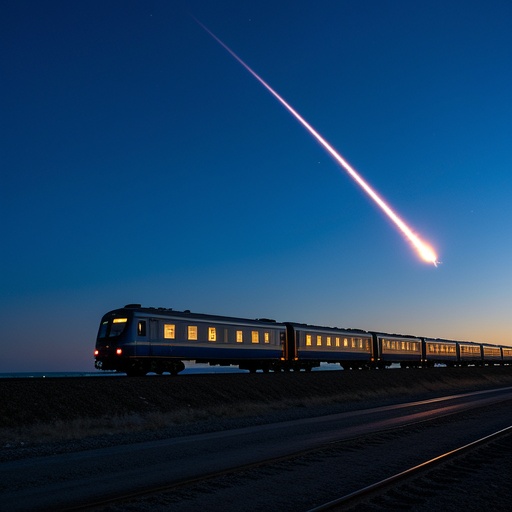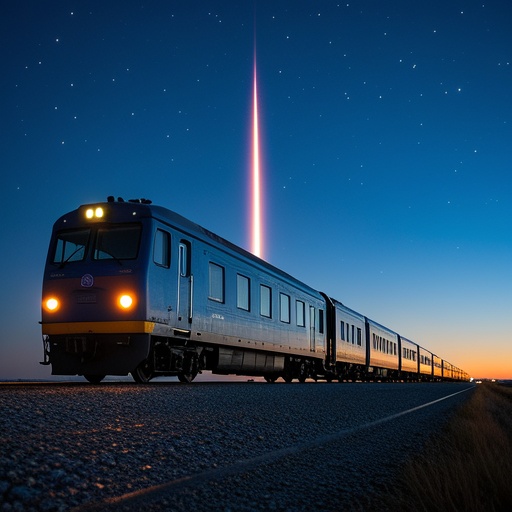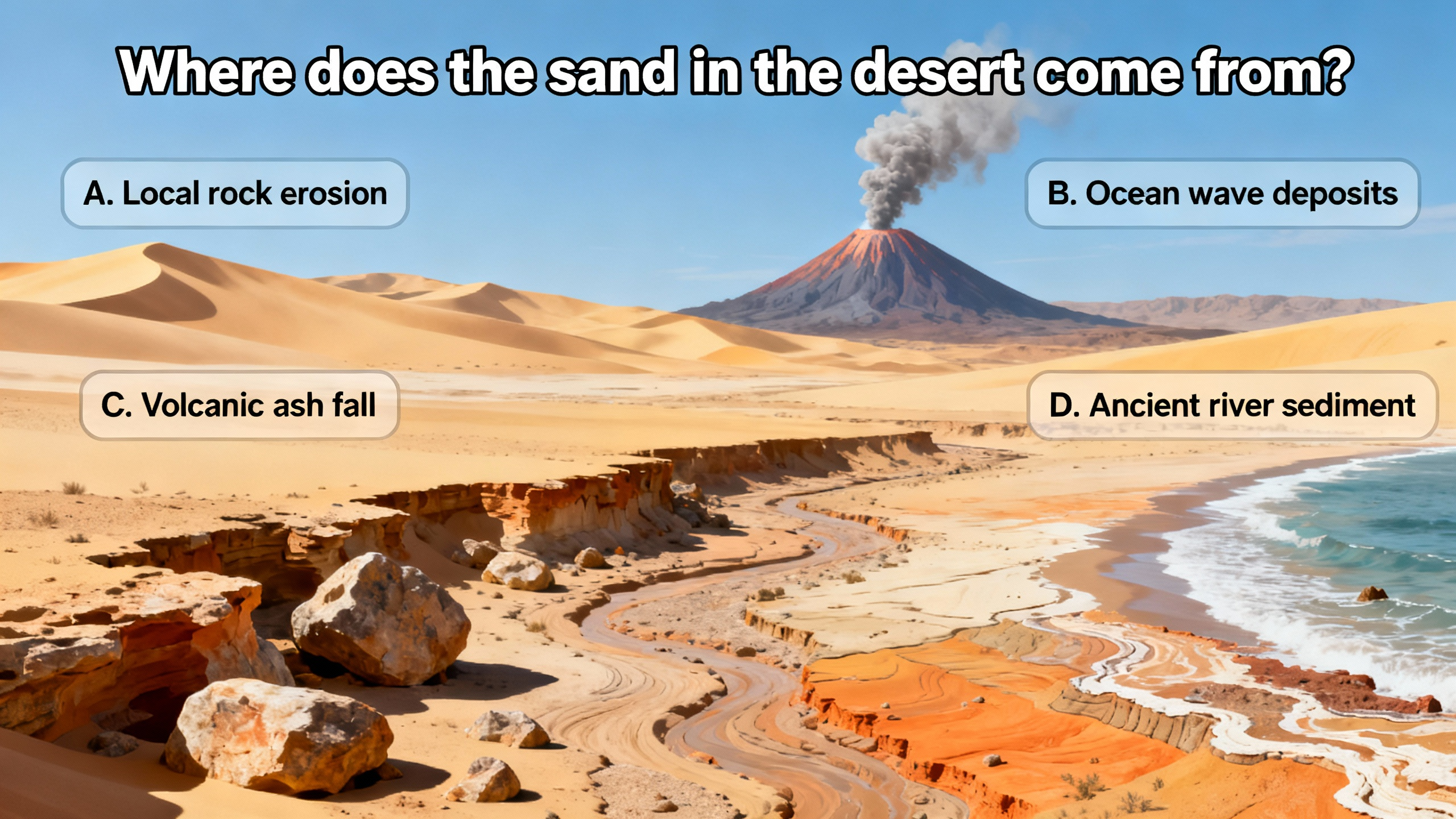The Formation of the "Persistent Train" After a Meteor Passes
The "persistent train" that lingers in the sky after a meteor has passed is a fascinating phenomenon, and several factors contribute to its formation. 
Firstly, when a meteor enters the Earth's atmosphere, it experiences extreme heat and pressure due to friction with the air molecules. This causes the meteor to vaporize and ionize the surrounding air. The vaporized meteor material and the ionized air form a trail. The persistence of this trail is related to the composition of the meteor. Meteors are made up of various elements such as iron, nickel, and silicates. Some of these materials can form long - lasting compounds or particles in the upper atmosphere. For example, if the meteor contains a significant amount of metal, the metal ions can interact with the oxygen and nitrogen in the air to form stable oxides. These particles can remain suspended in the air for a relatively long time, creating the visible trail. 
Secondly, the atmospheric conditions play a crucial role. The upper atmosphere has different layers with varying temperatures, pressures, and wind patterns. If the meteor passes through a layer of relatively stable air with low wind shear, the trail is more likely to remain intact. In such a stable environment, there is less mixing and dispersion of the vaporized meteor material. On the contrary, if there are strong winds or turbulent air currents, the trail will be quickly dispersed and may not be visible for long. Additionally, the temperature in the upper atmosphere can affect the condensation and solidification of the vaporized meteor material. Colder temperatures can cause the gaseous substances to condense into tiny solid particles, which are more visible and can persist in the sky. 
In conclusion, the formation of the "persistent train" after a meteor passes is a result of the interaction between the meteor's composition and the atmospheric conditions. The vaporization and ionization of the meteor during its passage through the atmosphere create a trail, and the stability of the surrounding air and the chemical reactions of the meteor material determine how long this trail will last. 










